As the COVID-19 pandemic continues, scientists are learning more about the novel coronavirus. Questions – and their answers — circulating among the public have changed since the start of the spread in December 2019, reflecting current medical and scientific knowledge.
24/7 Tempo talked to Dr. Mark Siedner, an epidemiologist and associate professor at Harvard Medical School, and reviewed information from federal, local, and world health agencies such as the Centers for Disease Control and Prevention and the World Health Organization to find answers to 21 questions concerning public health and the coronavirus.
Globally, there are no more than 7.2 million confirmed cases, 3.4 million of them have recovered and 411,000 people have died. In the United States, more than 1.3 million people tested positive. Though the spread has slowed down nationwide, a second wave of COVID-19 cases has been emerging since states began to reopen their economies over the last month — these are the states where the virus is growing the fastest.
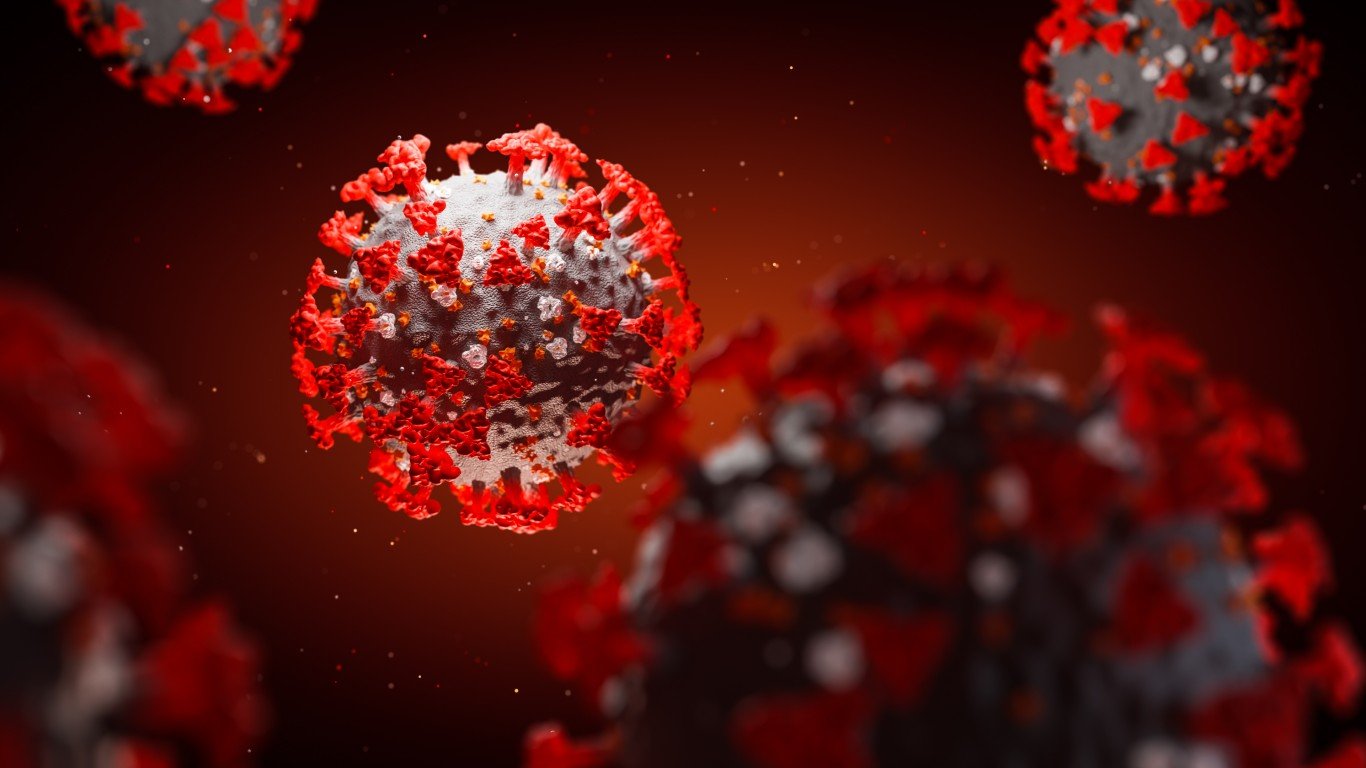
1. What’s the difference between the new coronavirus and other coronaviruses?
SARS killed 774 people in 2003. “COVID-19 has a bigger pre-symptomatic period,” Dr. Mark Siedner, associate professor at Harvard Medical School, said. People who contracted SARS got sick quickly and that made contact tracing easier, he explained. “People who have been infected with this novel coronavirus don’t have symptoms but are still contagious for three or four days.” This makes contact tracing very difficult.

2. What’s working in terms of prevention and treatment?
Social distancing is all we’ve got, Siedner said. To date, there is no specific medicine recommended to prevent or treat the new coronavirus. People who are infected can receive care to relieve symptoms, and those who develop severe illness can be hospitalized to receive supportive care such as getting oxygen and other treatments and being put on a ventilator if all else fails.

3. When is it necessary to wear a face mask?
Health care workers wear masks to protect themselves. The majority of people wear masks to protect everyone else — 50% of infections spread before people have any symptoms, according to Siedner. “We know you could get the virus after being close to a sick person for a few minutes,” he said. And some early research has shown the virus can be suspended in the air for up to three hours but much depends on the environment. That’s why people should wear masks every time when in public, Seidner explained. The more people wear masks, the more socially acceptable it will become, resulting in even more people wearing masks, protecting even more people from the virus. You don’t have to wear a mask if you are near people who live in the same household.
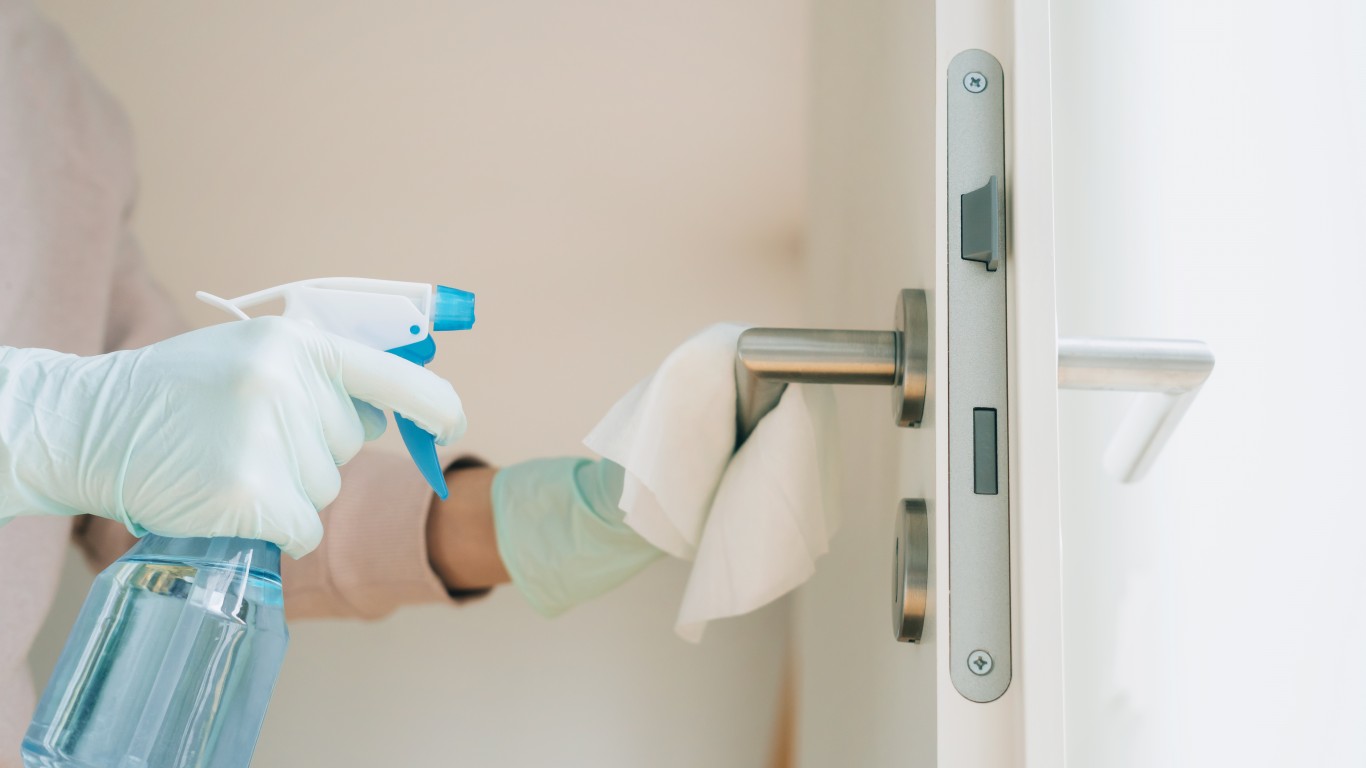
4. How long does it live on various surfaces?
The coronavirus’ survival depends on the type of surface it lands on as well as the overall environment. Depending on the material, the virus can survive from three hours to seven days, according to a study published in the New England Journal of Medicine.
Glass — up to 5 days
Wood — up to 4 days
Plastic and stainless-steel — up to 3 days
Cardboard — up to 24 hours
Copper surfaces — up to 4 hours
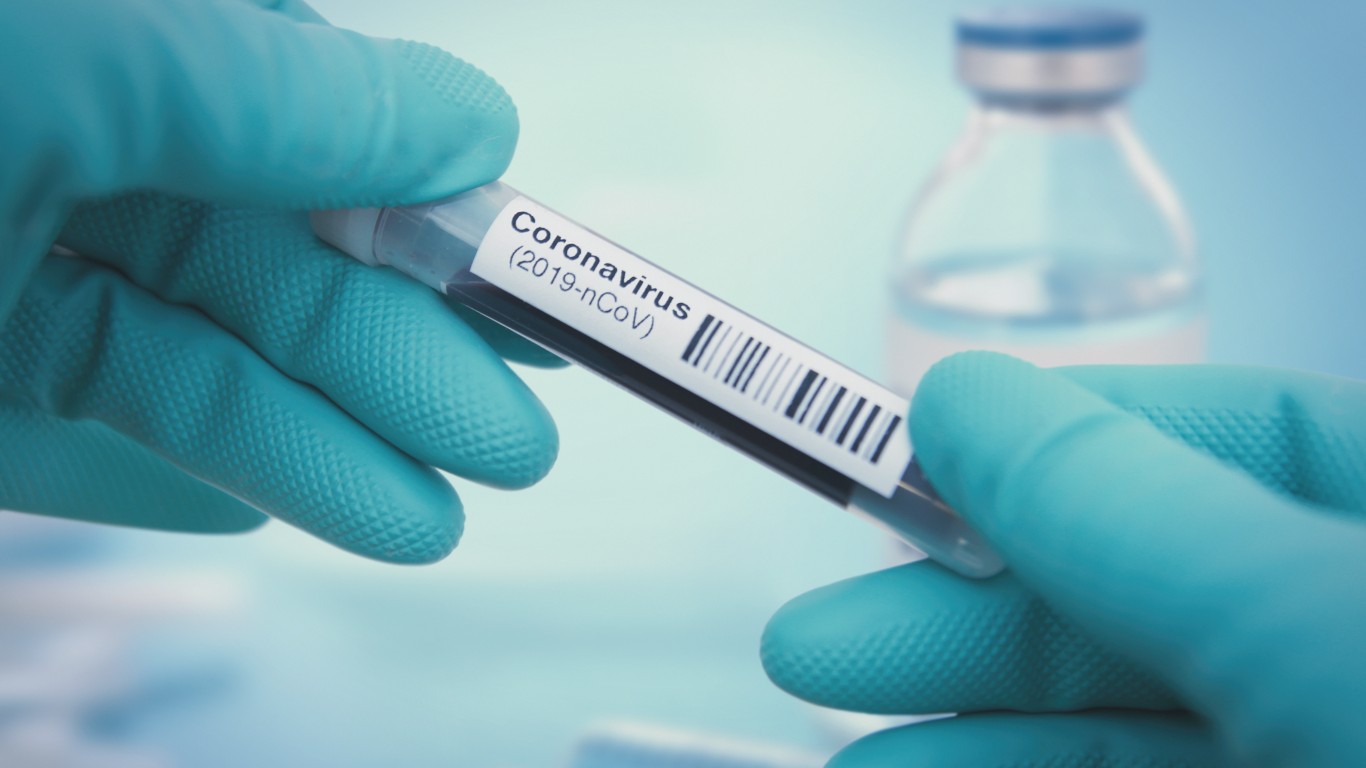
5. How reliable are antibody tests?
Early antibody tests don’t perform very well because they show many false positives, according to Siedner. What the scientific community is a little worried about is that people are going to get their hands on these tests, and they’re going to start testing each other, Siedner said. The concern from a public health perspective is that many tests are going to come back positive when they should be negative, and people are going to walk around thinking and behaving like they’re immune when they’re not.
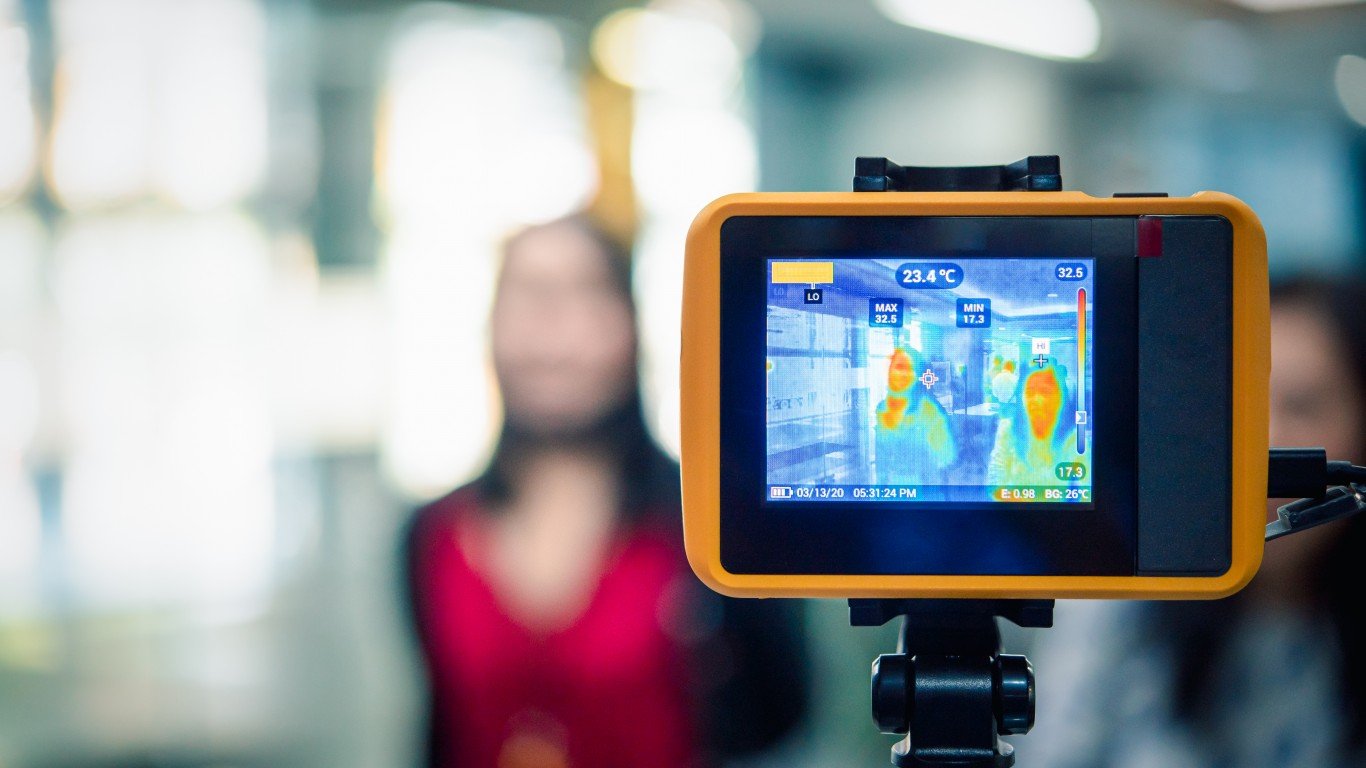
6. Can coronavirus live in heat?
There is no question that COVID-19 can be transmitted when it’s warm, Siedner said. Whether warm weather decreases transmission is still debatable, he added. “But, principally, warm weather will not kill the coronavirus.”
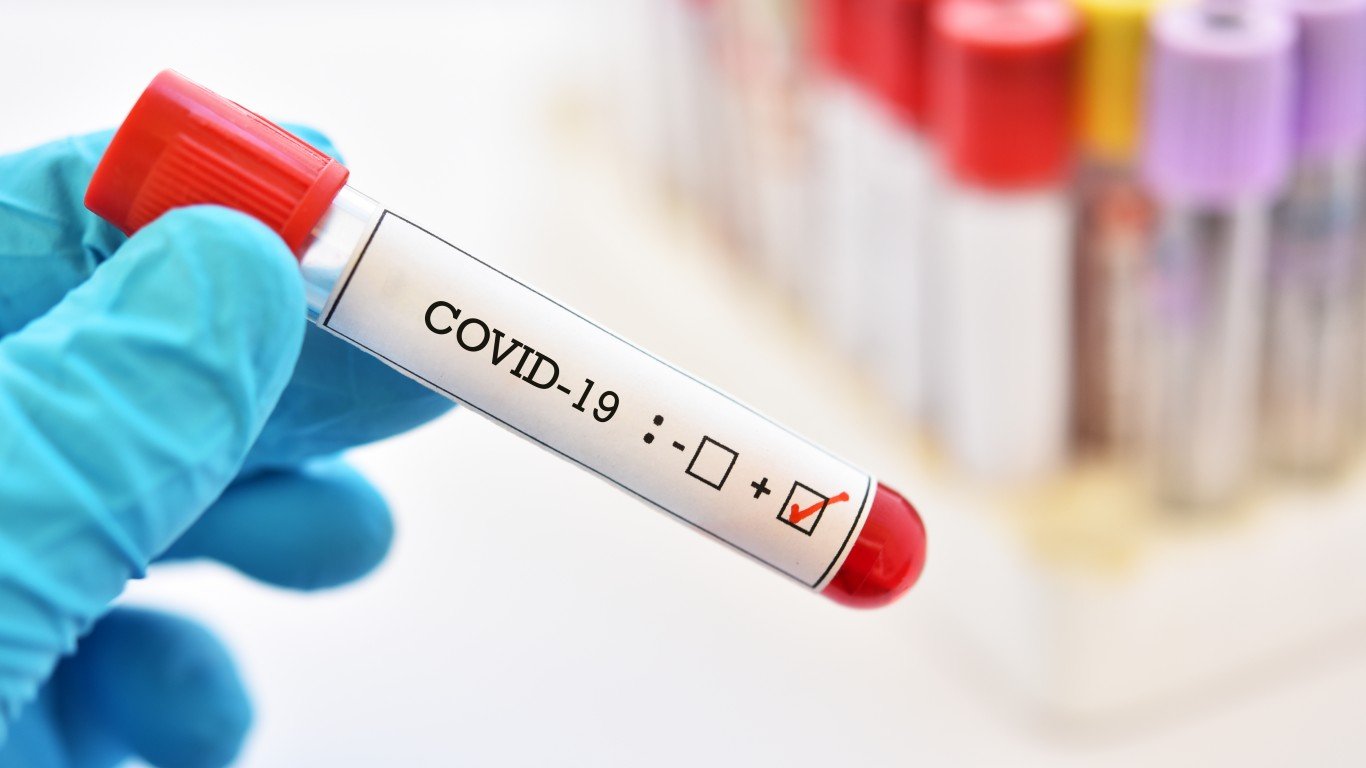
7. Can you test negative in the very beginning stages of the virus?
“Yes, it’s rare but it can happen,” Siedner said. It takes time for the virus to grow once it’s entered cells, so people should wait two to three days after they were first exposed before getting tested for the virus. People should take the antigen test, or the PCR test that looks for the virus itself. The antigen test is quite specific. There are rarely any false positives, according to Siedner.
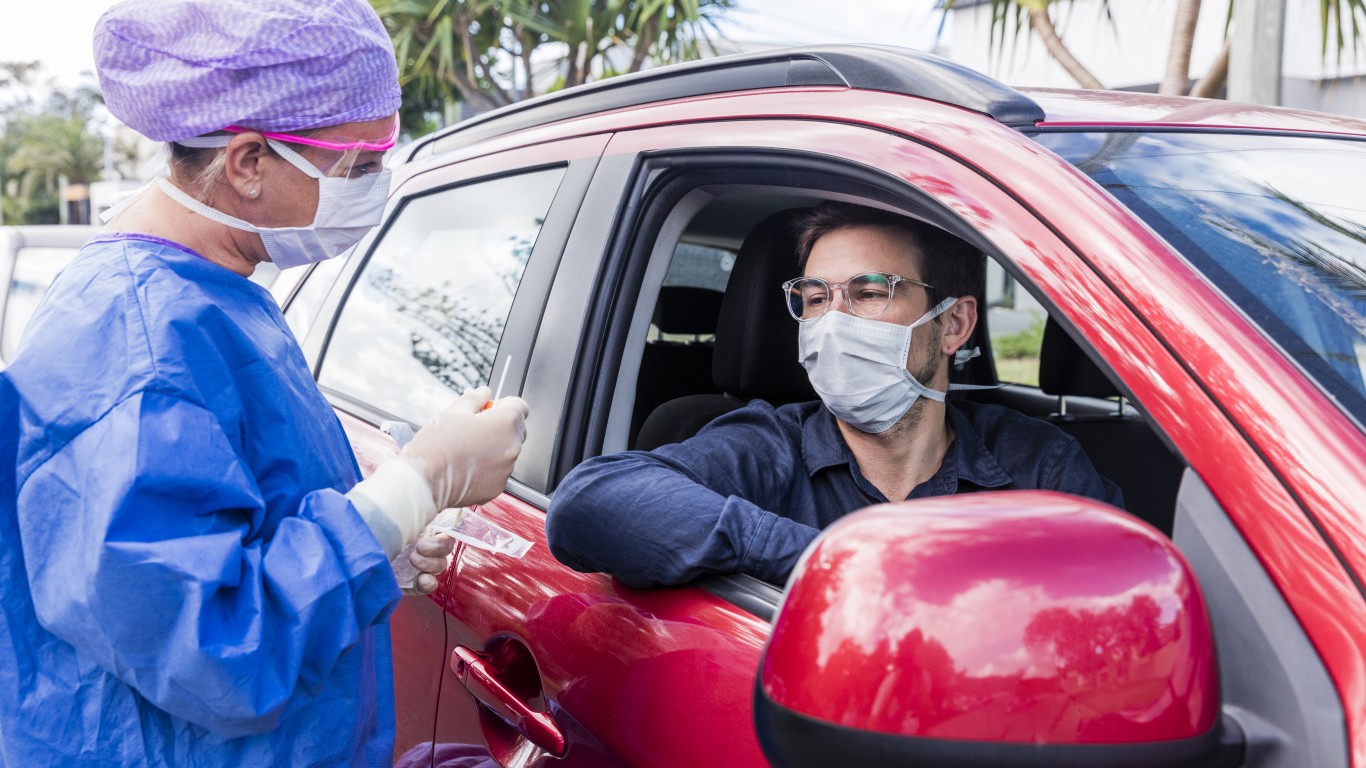
8. How long does it take for the body to develop antibodies?
It takes the body somewhere between seven and 21 days after the onset of symptoms to develop antibodies, according to Siedner. Therefore, if the test is taken too early, “[the results] may look negative even if you’ve already been exposed.”
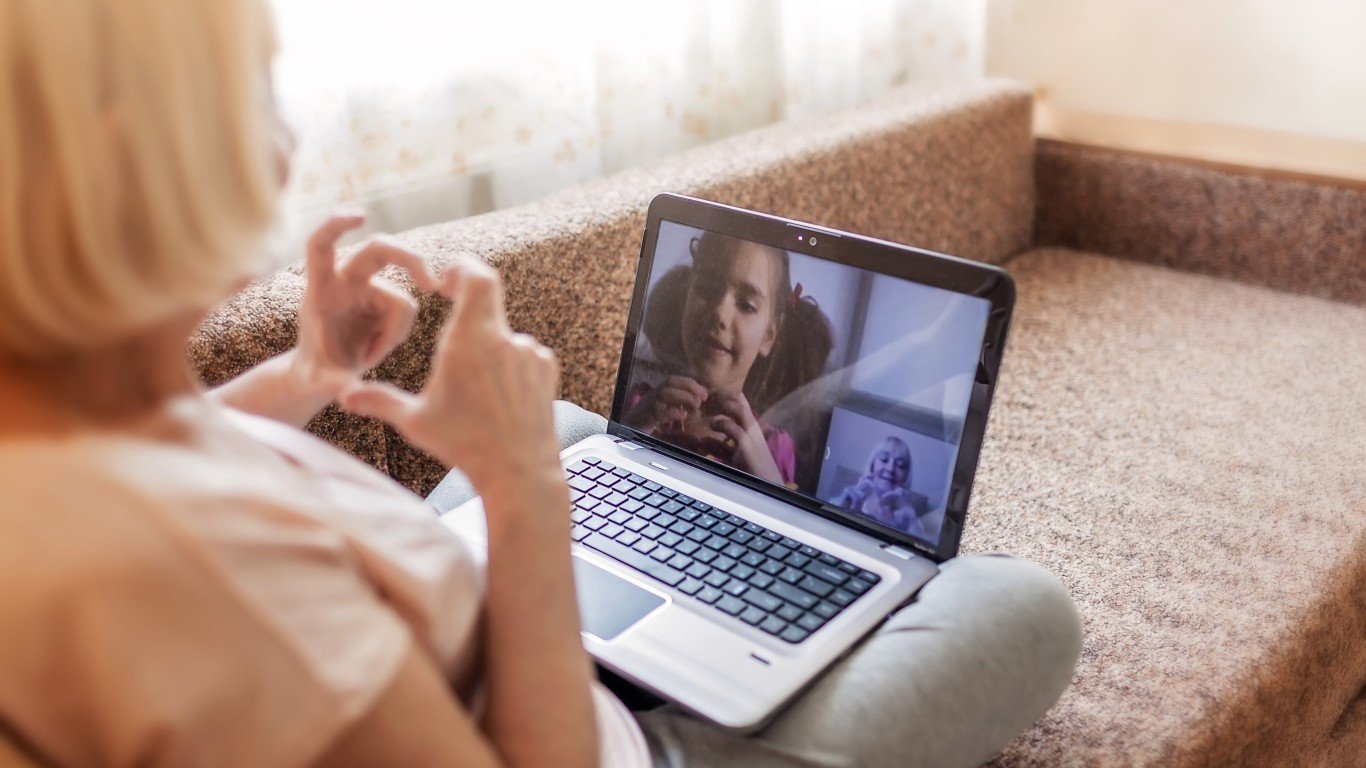
9. How do you know when it’s safe to discontinue home isolation?
The latest CDC guidelines recommend 10 days after the onset of symptoms. As of May 3, the novel coronavirus has not been successfully cultured in a lab more than nine days after onset of illness. People may test positive (antigen PCR test) for up to six weeks after the first symptoms show up, but it’s still unknown whether they can spread the virus during the entire time.
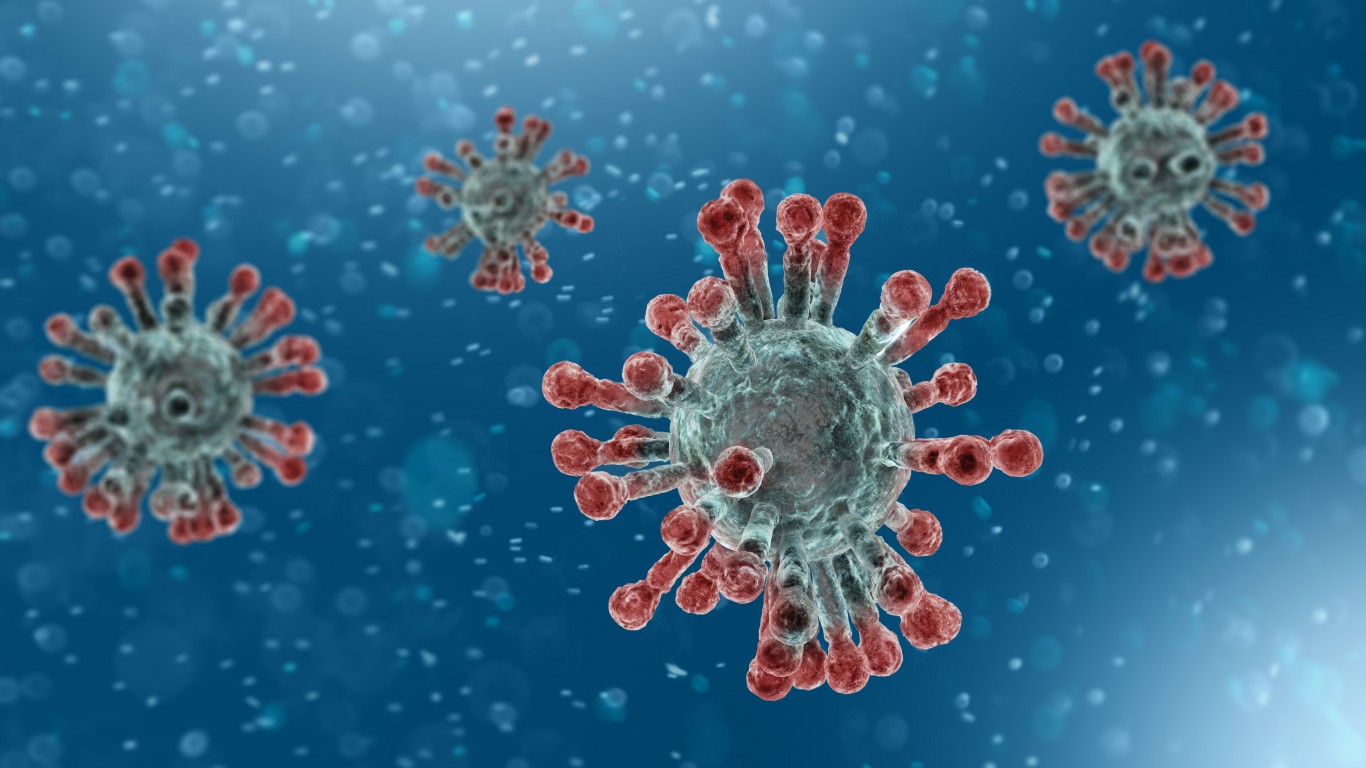
10. Does the virus mutate enough to evade the immune system?
“We don’t know yet, and it’s too early to tell,” Siedner said. “This virus has a couple features that makes me think it does not mutate that much.” It actually has a proof-reading enzyme, which helps control its genetic duplication in a way that makes it less-likely to make errors when it mutates, Siedner explained. Still, it’s too early to know if a mutation of this virus is going to affect its ability to come back differently, or stronger, or cause a second wave, he added.

11. Realistically, should we expect to be social distancing until 2021?
“Yes, at least in some form,” Siedner said. “We still don’t know how much social distancing we really need.” States are reopening to varying degrees with some allowing hair salons, gyms, and restaurants to open, while others don’t. “We may have to go back to a lockdown if the number of new COVID-19 cases spike,” Siedner added.
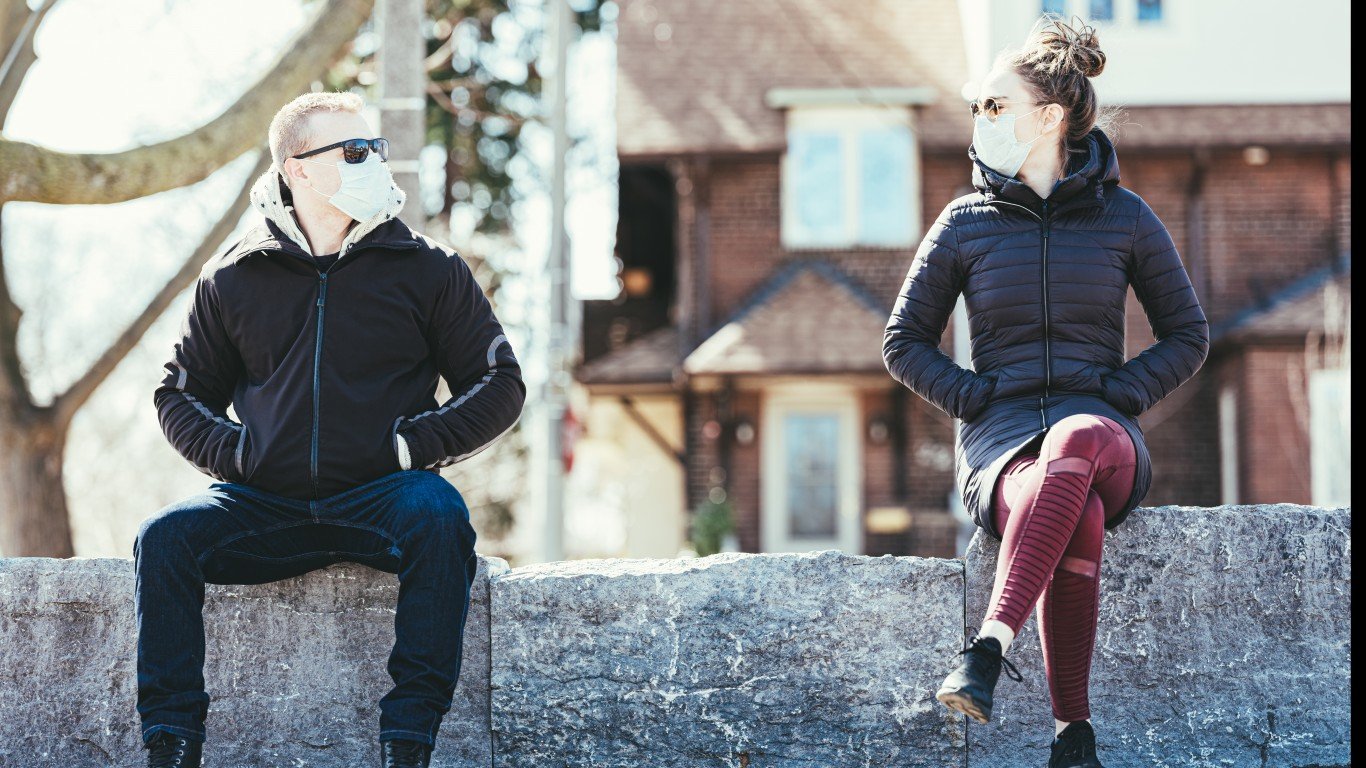
12. What are you most optimistic about?
“If we practice social distancing well, we can put the epidemic at bay until we have the tools to put it away.” A lot of lives were already saved by implementing lockdown measures, according to Siedner. We still have to figure out the right amount of social distancing measures. Can we safely interact at stores, on public transportation, and in barbershops while wearing masks and preventing a renewed spike in cases? All these questions will likely become more clear in the coming weeks.
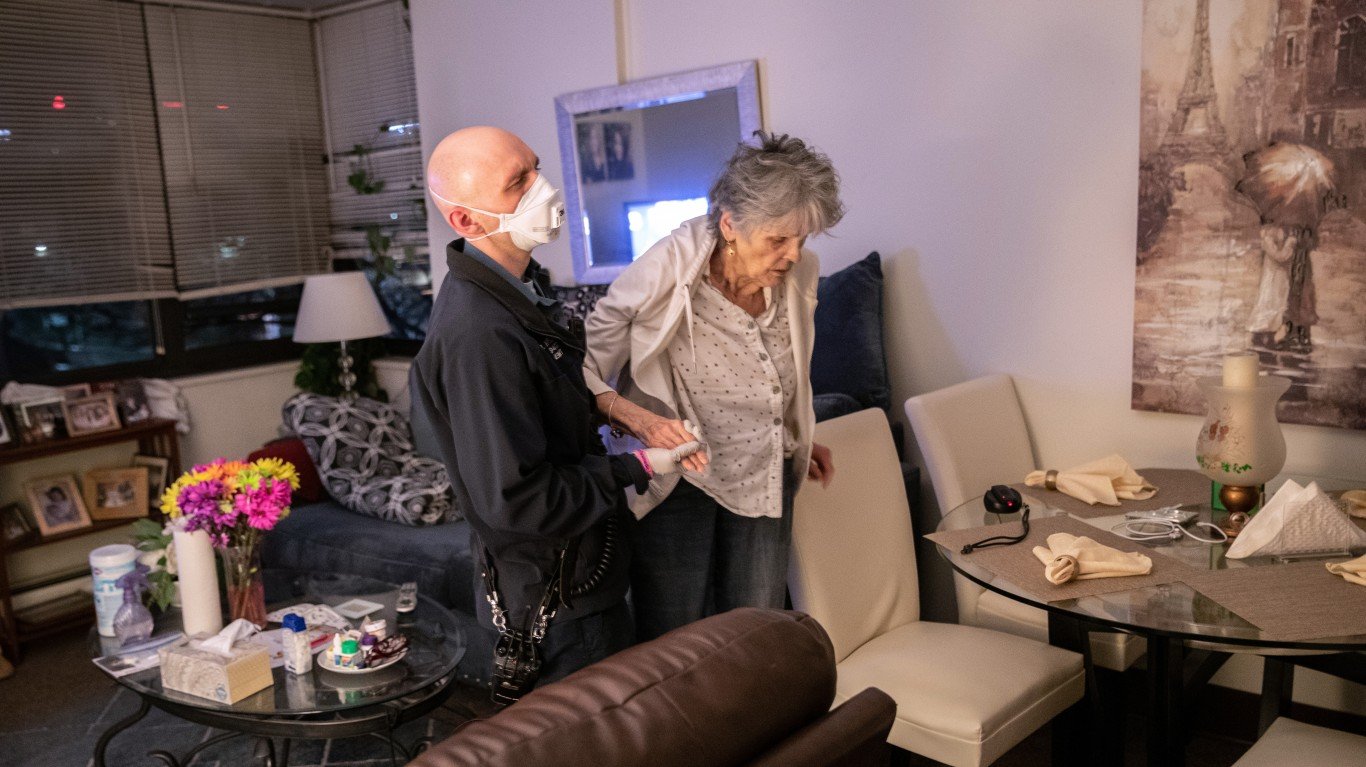
13. Are recovered people immune to the virus?
Health experts don’t know yet if people who recover from COVID-19 can get infected again, according to Siedner. Some early research suggests that there is a pretty good chance’ people develop immunity, but it’s not clear how long it may last.
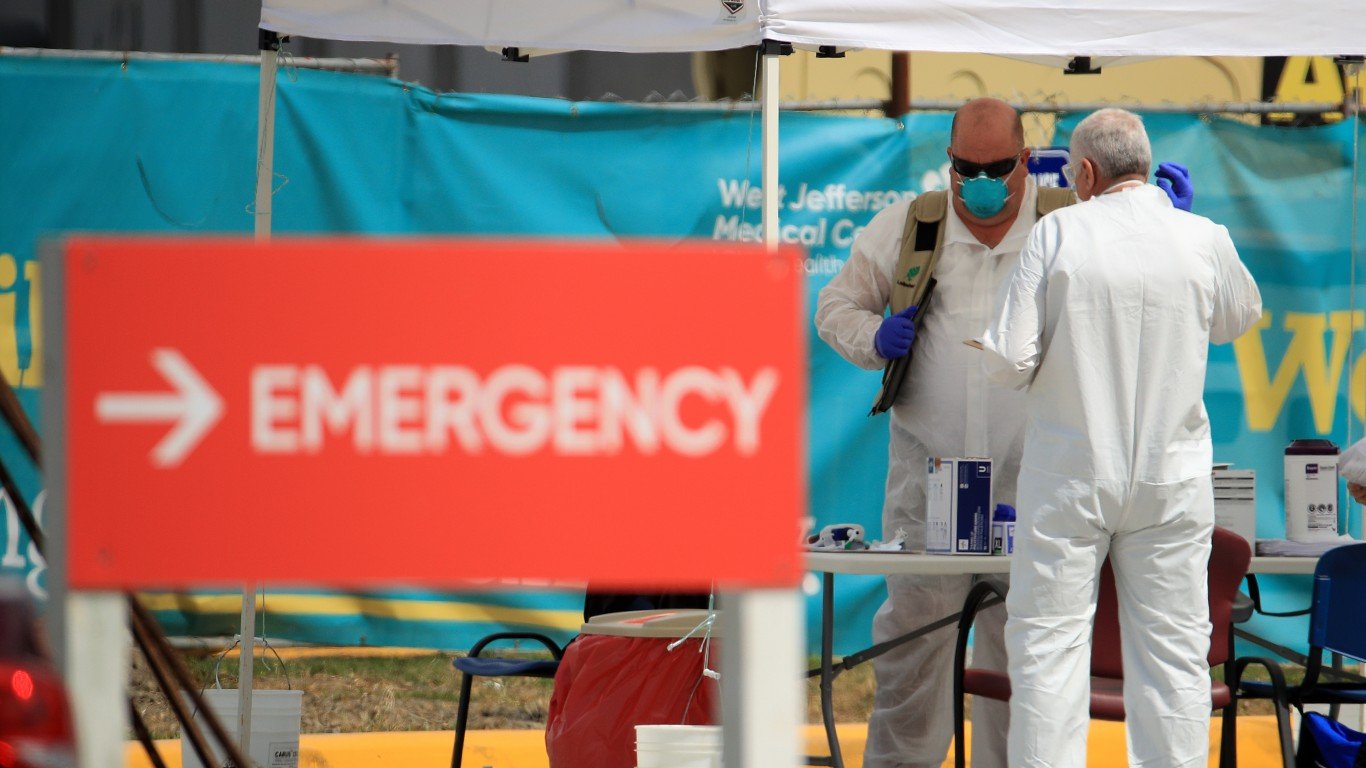
14. When should people get tested for COVID-19?
The CDC is regularly updating guidance on who should get tested for COVID-19. As of May 3, doctors were advised to prioritize testing of people who have fever, cough, shortness of breath, chills, muscle pain, new loss of taste or smell, vomiting or diarrhea, and/or sore throat, or signs of a lower respiratory illness, especially in those who may have been exposed to the virus.
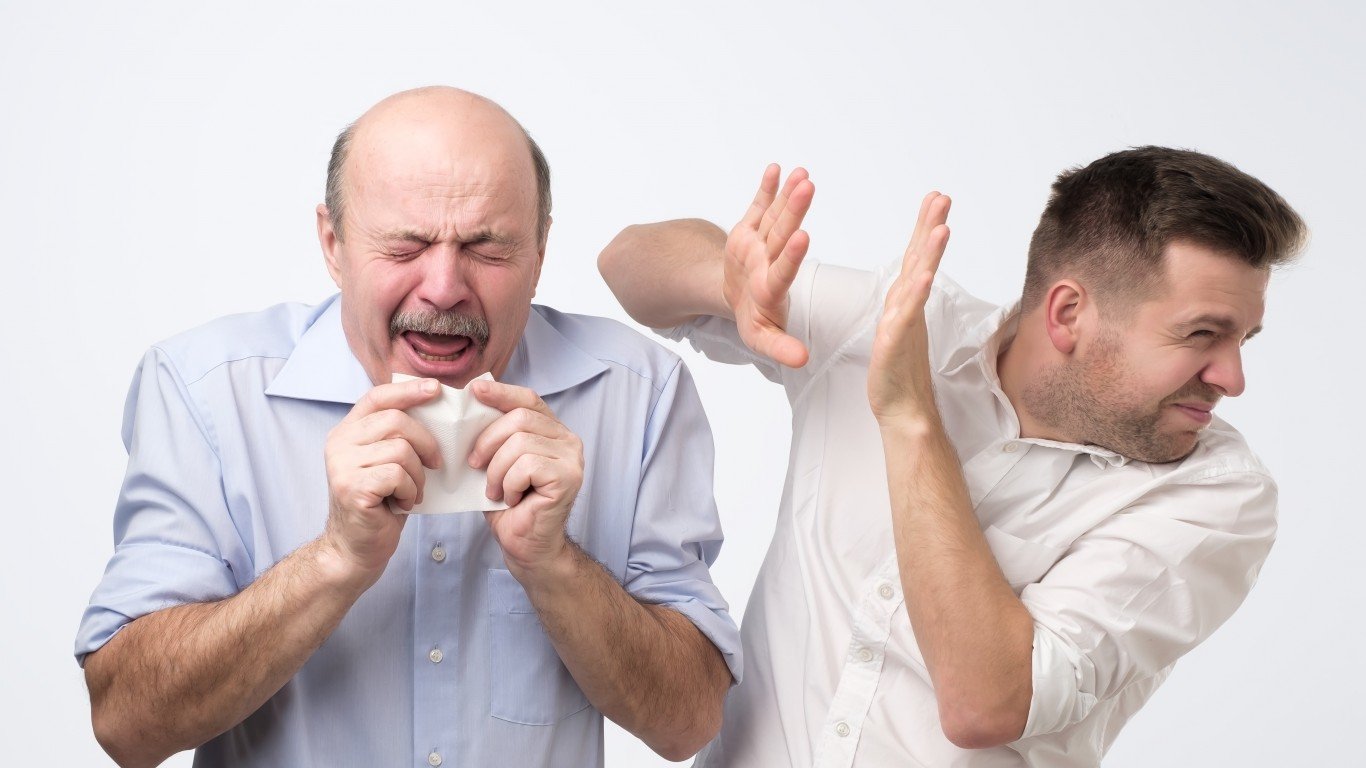
15. Which body fluids can spread the virus?
COVID-19 is a respiratory virus, and it can be spread through respiratory fluids coming from the nose and mouth. Sneezing, coughing, and talking could expel respiratory droplets, which can contain the virus. The novel coronavirus that causes COVID-19 was found in early research to live for up to three hours in the air. People could potentially breathe in the virus from the air indoors if an infected person has coughed or sneezed there earlier. It is unknown if nonrespiratory body fluids such as vomit, breast milk, or urine from an infected person can contain viable, infectious SARS-CoV-2.
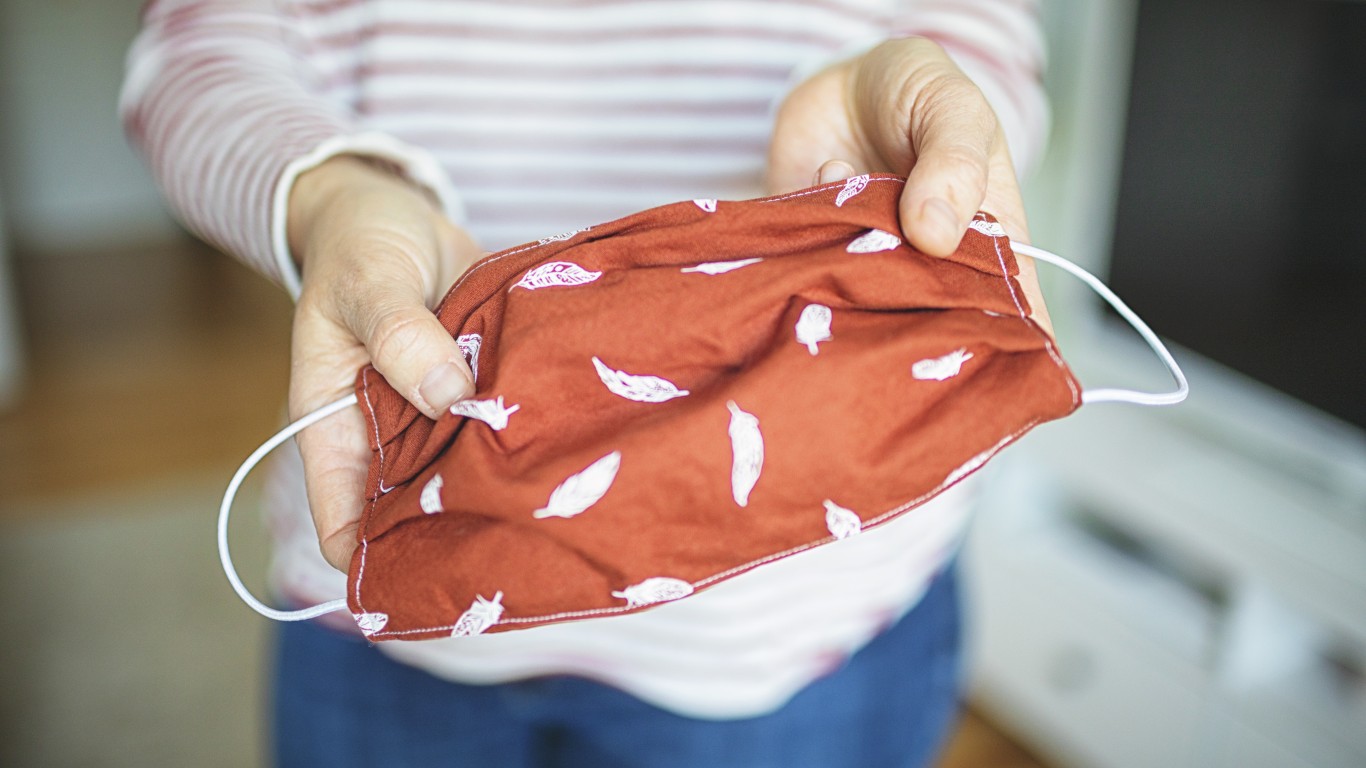
16. Face shields, medical masks, regular bandanas?
If people are sick, they should not be going out at all, according to Siedner. If they are not sick, wearing a medical single-use mask or a cloth covering with a double layer will suffice, he noted. “But do not wear masks with inverted filters.” Those masks with a pocket filter will protect the person wearing them but increase the risk for everyone else, he explained.
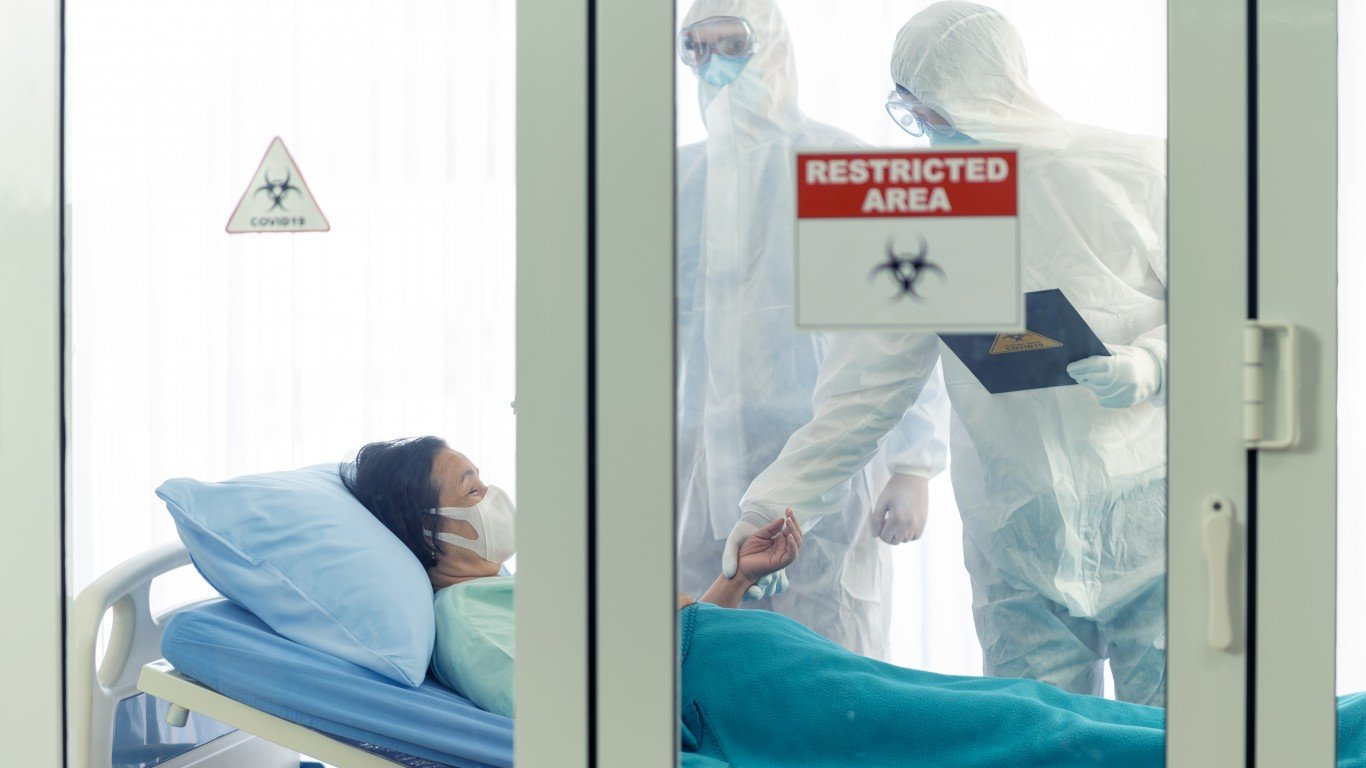
17. How do we get out of the pandemic?
“There’s only a couple of ways out of this,” Siedner said. One is herd immunity. “If we get there, we’ve failed as a society.” That would mean that about 80% of people were infected. And if the mortality rate is 1%, that means that millions of people are going to die, he noted.
The second way out is by developing a vaccine. “This vaccine development is happening at lightning speed, not because corners are cut, but because the field has been revolutionized,” Siedner said. Scientists now have the ability to conduct research much faster. Also, the sequence of the virus was published in January, giving pharmaceutical companies an early start in working towards a vaccine. A vaccine may be available as early as a year from now.
The third way out is a medicine that actually prevents transmission. So, if someone in your house is infected, everyone else in the house takes this medicine for two weeks to prevent getting infected, Siedner said. There is still the pre-symptomatic period when people could still infect one another. So while this could certainly help limit transmission, it will not stop it entirely, he noted.

18. DIY alternatives to specific brand cleaners and disinfectants?
Stores have been running out of disinfectants and hand sanitizers since the beginning of the pandemic. If you can’t find these products, you can make your own alternatives by mixing water and bleach — the CDC has published specific ratios for that purpose. You can also wipe surfaces with alcohol or hydrogen peroxide. You can also make your own hand sanitizers using alcohol and aloe. Just make sure the DIY sanitizer has at least 60% alcohol.
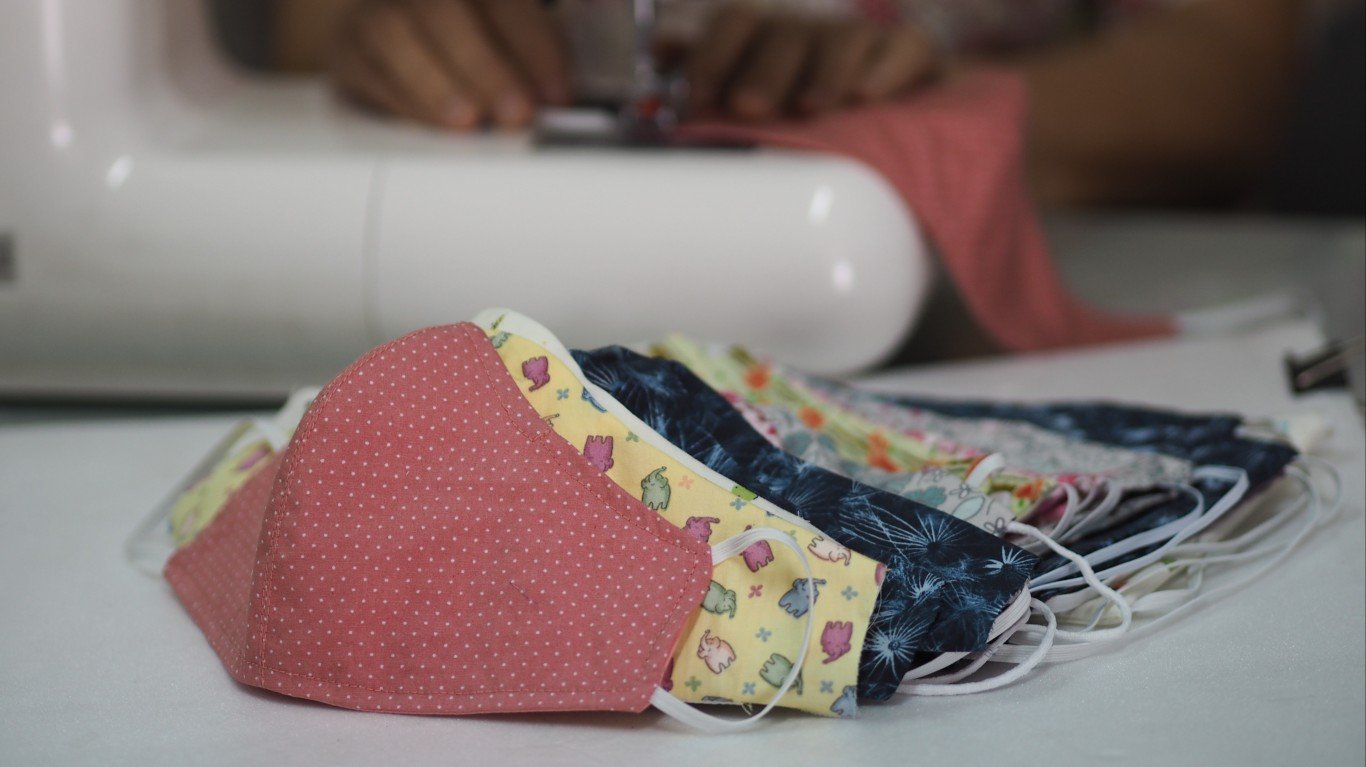
19. How often should face masks and gloves be changed?
The surgical masks that you can buy at any store should be discarded after one use, Siedner said. Germs can get stuck in the inner lining and may lead to increased exposure. Gloves should be single-use as well. They should be changed every time you touch a new surface. Cloth face coverings should be washed at least at the end of the day.
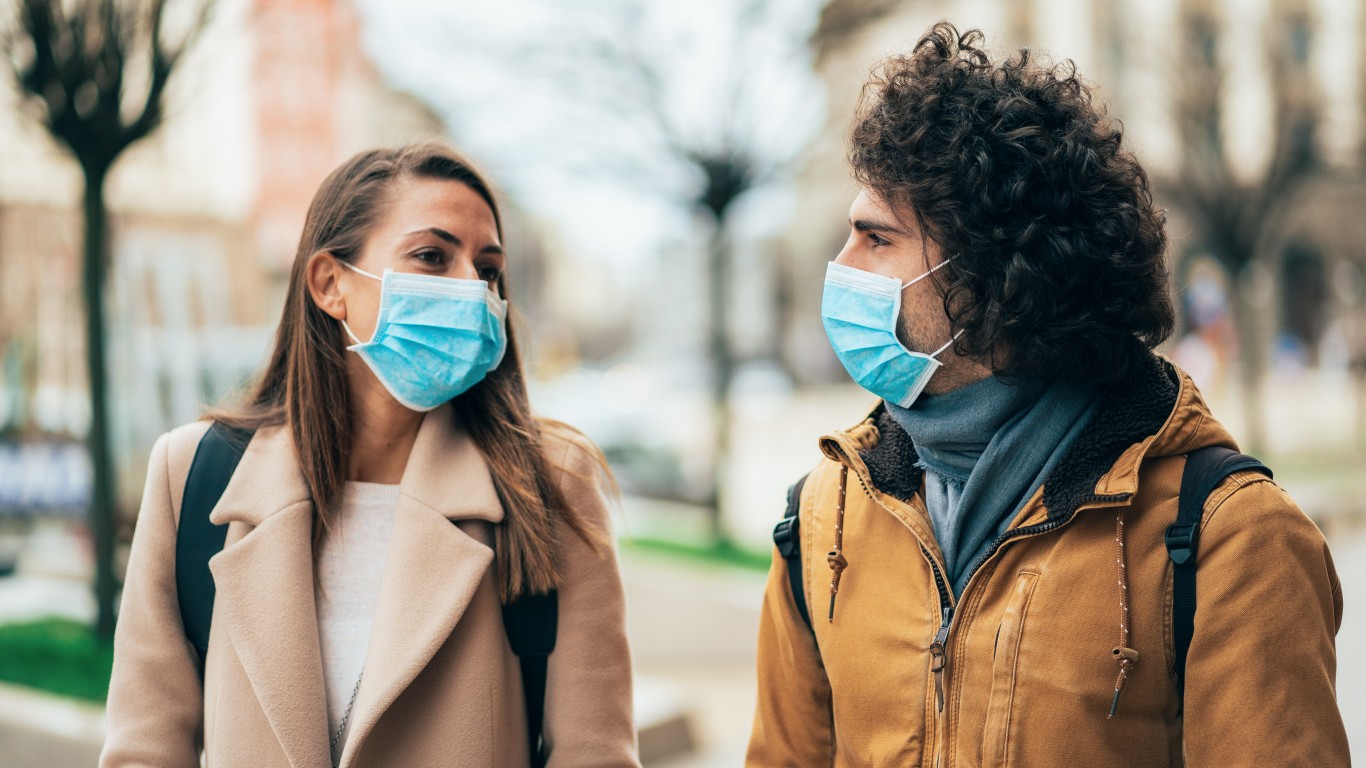
20. What to do if you had close contact with someone with COVID-19 but you’re not showing symptoms?
Monitor yourself for fever, cough, and shortness of breath for two weeks after the time of contact with the infected person, according to the Washington Department of Health. Avoid public places for 14 days. If you notice any symptoms, you should call your health care provider to see if you qualify for a test.
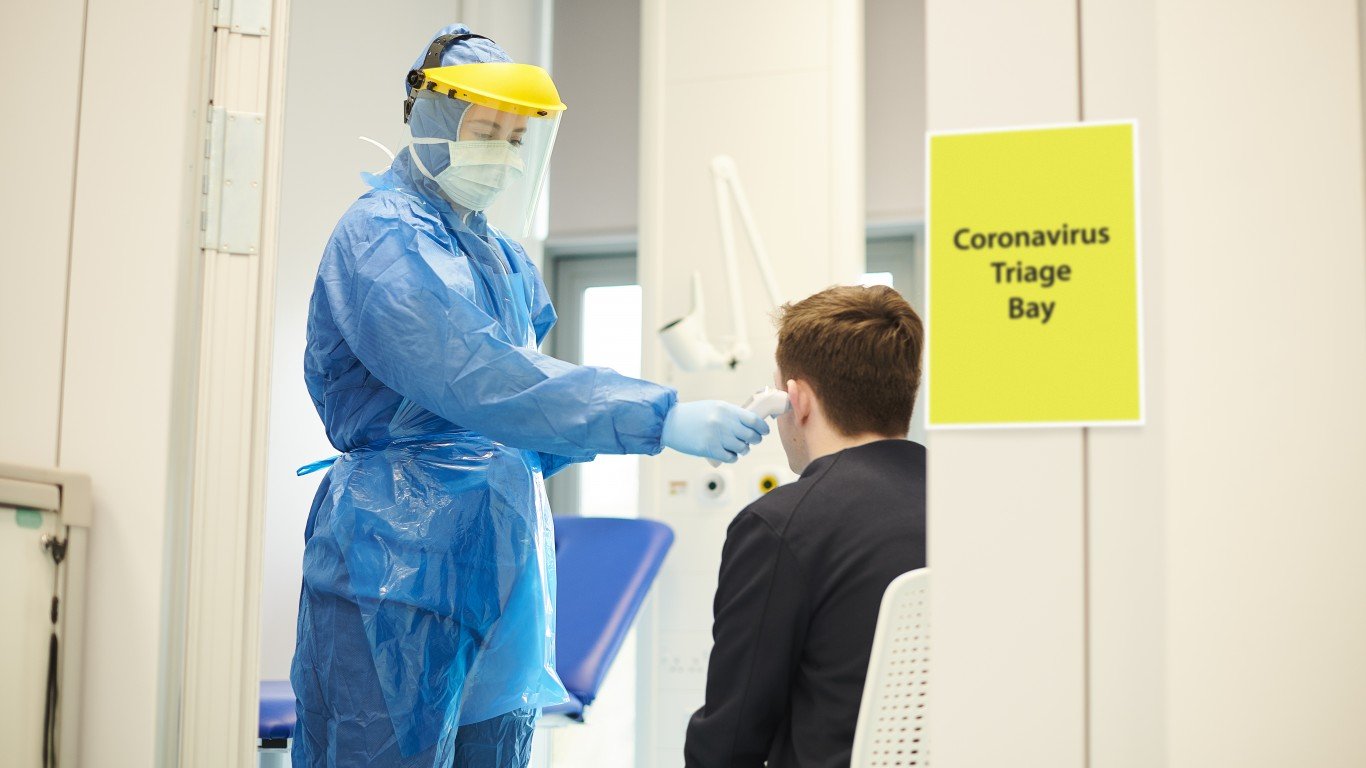
21. Have we reached a peak?
A second wave of the coronavirus has already been emerging as states started reopening a few weeks ago. Many parts of the country never got to the level New York City did and are still highly susceptible, Siedner noted. The epidemic has moved from coastal urban cities to more rural places, he noted. “I don’t think the numbers of COVID-19 cases will go up in urban cities to what they were a few months ago.”
